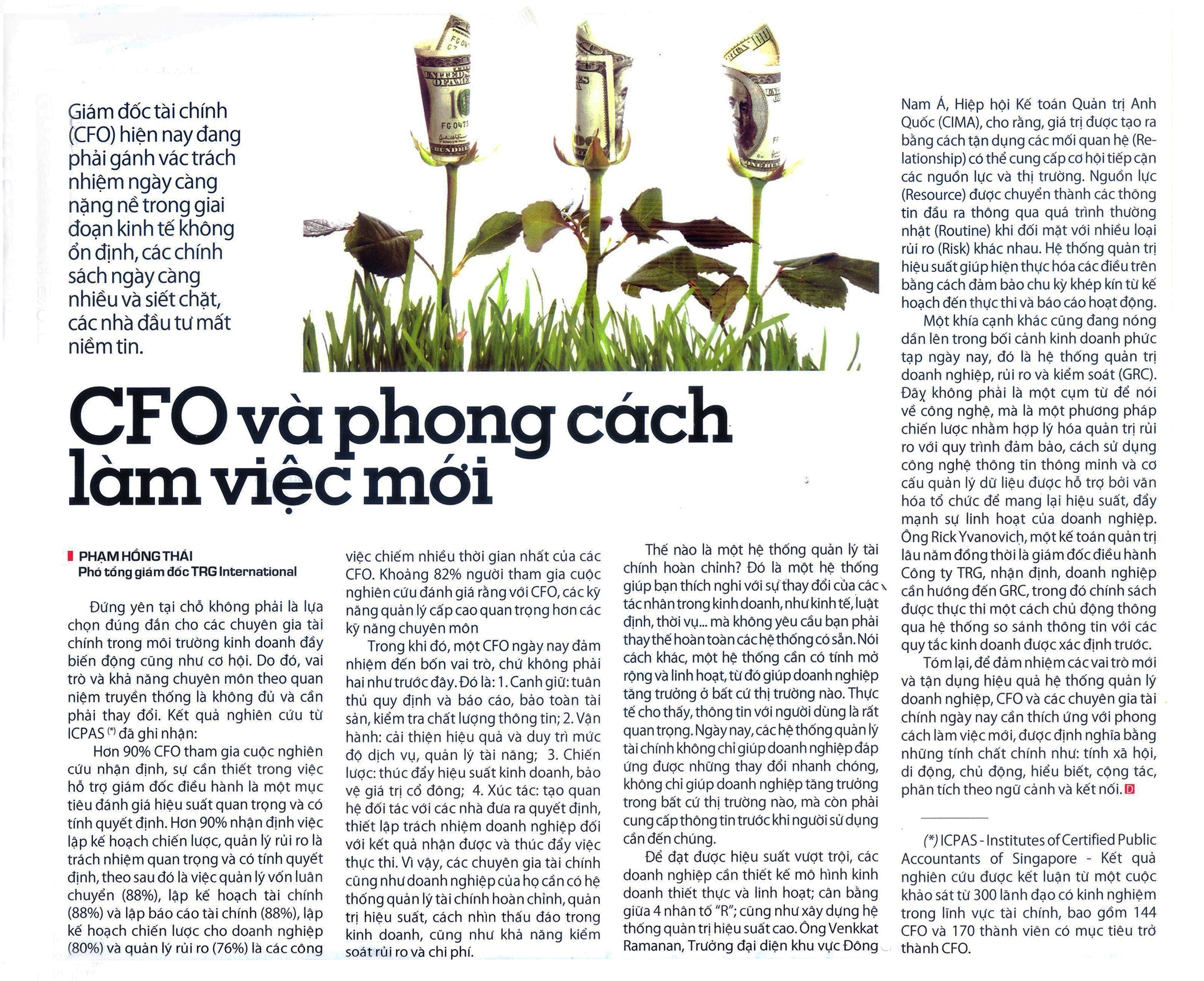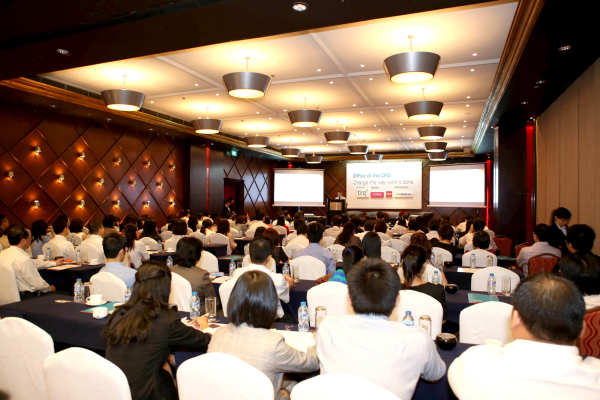Ho Chi Minh City – 24 November 2014, a Seminar on Unfair Competition Enforcement in the United States, Supply Chain and Cyber security Issues was co-organised successfully by the US Patent and Trademark Office, the US Consulate General Ho Chi Minh City and the American Chamber of Commerce (AmCham). At this seminar, attendees were updated clearly on information relating to legal recourse when exporting to the USA.
As Peter N. Fowler, Regional Intellectual Property Attaché for Southeast Asia, US Patent and Trademark Office (USPTO), gave examples of lawsuits against violations of unfair competition by suppliers to the US market. The examples showed that US companies expect fair business competition and thus using legal software and machines which do not violate intellectual property rights is a must. Exporters to USA will obviously face difficulties and obstacles in the US and other markets if they try to ignore these fair business practices that are expected.
 English
English  Vietnamese
Vietnamese 










